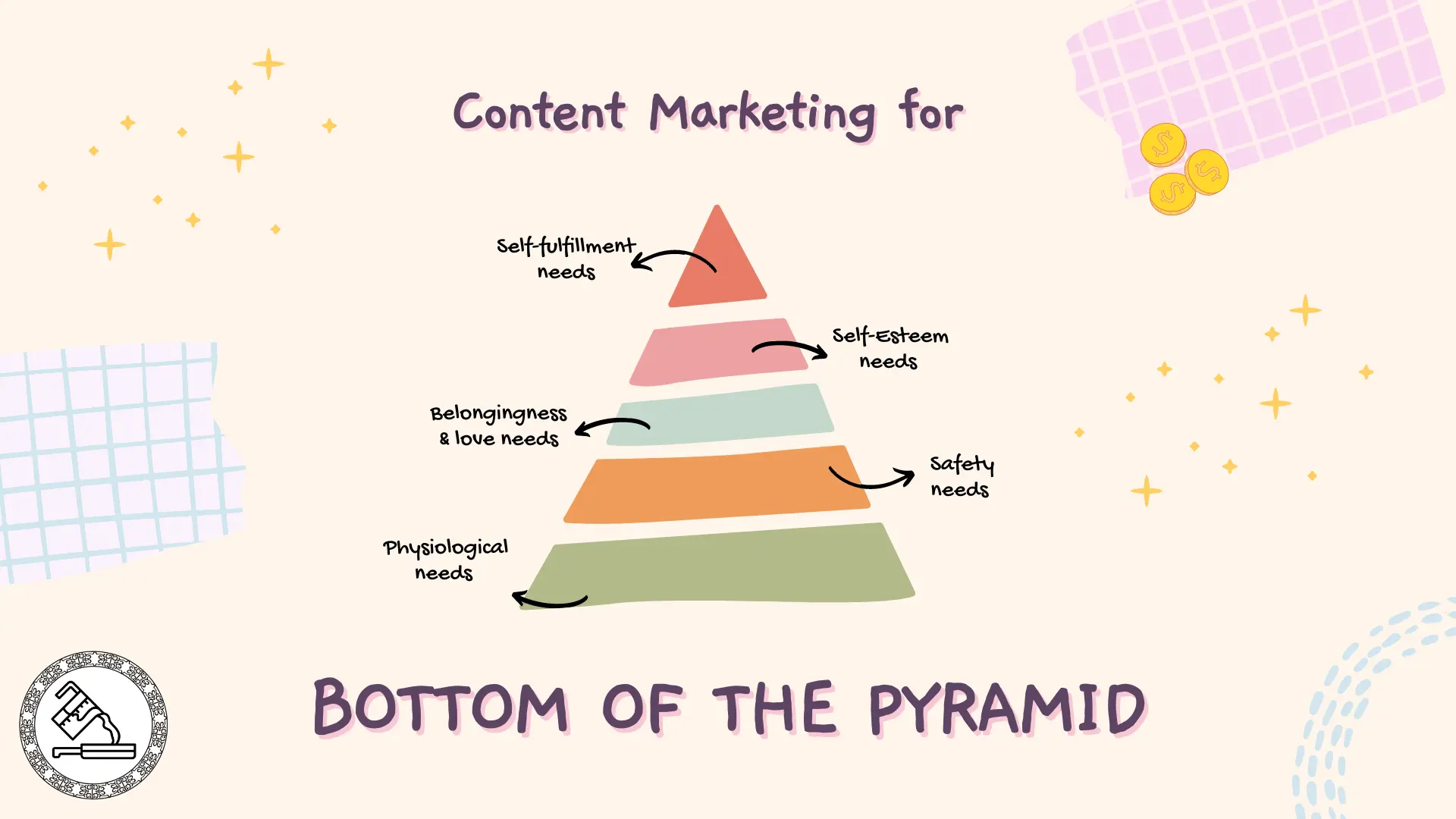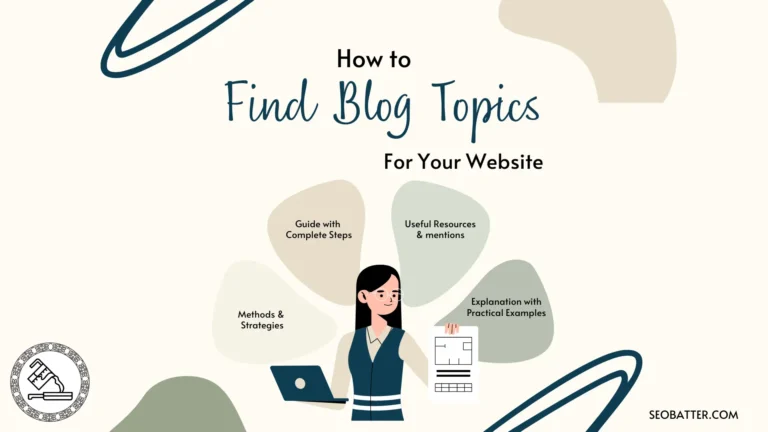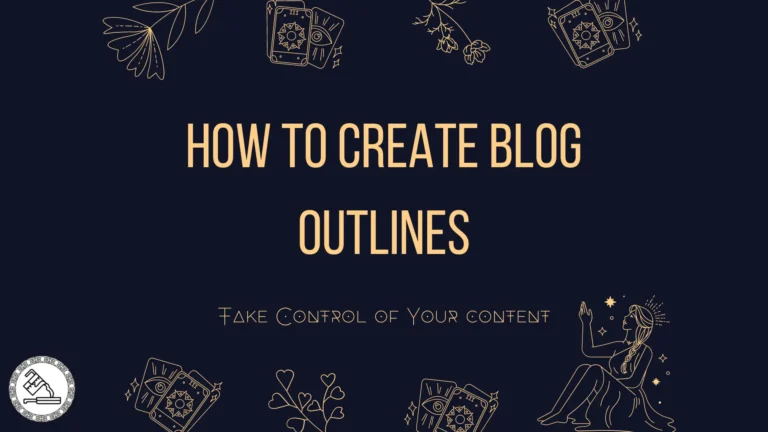This post is for bloggers, freelance content writers, and digital marketing agencies offering low-cost content marketing services. It will tell you the important things to consider while getting your content in front of the target audience (bottom-of-the-pyramid consumers).
How I propose the implications:
So, I have based these recommendations on research papers. Some of the implications are obvious. The point here is to aggregate the dots to connect them yourself.
What this post contains:
What is the Bottom of the Pyramid or BoP?
The bottom of the Pyramid or ‘BoP’ is a segment of people at the bottom of economic wealth. CK Prahalad popularized the concept of this demographic segment by stating an unprecedented capitalistic opportunity in his paper “Fortune at the Bottom of the Pyramid.” He argued that firms can help alleviate poverty among this section of the consumer base while still making profits.
Examples of successful business models targeting the BoP segment:
- Shampoos, soaps in small packets
- Microfinance
- Economies of scale and low-cost product – Hindustan Unliver’s Pureit, Wheel Detergent
- Better distribution system & propagation of offline content – ITC Chaupal
- Leveraging Existing distribution system: Manila Water
Content Marketing & Bottom of the Pyramid
Content marketing for the Base of the Pyramid audience is a reasonably untapped niche. Since companies (even with all the market research) would need on-ground expertise to get their content in front of their target audience, you can be a good fit for their consulting and execution needs.
You can do this by showing them that you understand the BoP audience better and can add value to their list of vendors.
This is what you should keep in mind while getting the content created for your audience:
- Consumers are price sensitive, and even a slight difference in price points plays a major role in their buying decisions in BoP.
- It requires value-driven marketing since consumers expect more utility than the other segments.
- Requires research on behavior/patterns (derivable from market research)
- It requires incentivization because word may not travel to the next village across a highway.
Managerial Implications for Content Marketers
- Sumedha Chauhan et al. Proposed that factors inhibiting internet adoption at the bottom of the pyramid are digital literacy and language barrier, among other factors.
Implications:
- For any product/service, you must create extensive how-tos, tutorials, and complete manual material. The material should be in multiple formats which can be easily consumed. A text guide on using the product may not make sense since your audience may be reluctant to read long texts. In this case, video content/ visual stories can help.
- Your content should be easily translatable to local languages. This can help speed up content consumption and quickly adopt your product/service.
Reference:
Factors inhibiting the internet adoption by the base of the pyramid in India. Digital Policy, Regulation and Governance. Vol. 20(4):323-336. DOI: 10.1108/DPRG-01-2018-0001
- Sachin Shukla and Sreyamsa Bairiganjan’s publication addressing distribution challenges at the bottom of the pyramid offers insights into the market’s existing structures and how one can leverage them. The matrix under the “Mapping requirements for Rural BoP Distribution Channels” section in the paper is fascinating.
Implications:
- Create extremely easy-to-understand materials for these audiences. This can be low-effort, snackable content that can inspire minds to spend for services/goods.
- Since information dissemination among different communities is lower or non-existent, it is imperative to make “partners”/ “Affiliates” to disseminate the information further. This would again require material they can transmit to others with similar literacy levels.
Reference:
Shukla, S., & Bairiganjan, S. (2011). The Base of Pyramid distribution challenge. Centre for Development Finance, Chennai.
- Erik Simanis, in his paper “Reality Check at the Bottom of the Pyramid,” argued that for companies to successfully execute their low-cost, low-margin, high-volume products strategy at scale, they need market penetration of >30%. Companies with existing distribution systems have been able to execute this, but not others. According to Erik, the failure of many companies’ attempts is due to the steep learning curve for new products, logistical challenges, and lack of ‘cultural competence’.
He further suggested localized base products sold as a bundle, providing an enabling service and customer peer groups to solve the issues.
Implications:
- Standardizing training materials to impart soft skills for product/service advocacy among the customer peer groups.
- Imo, tricks used by multi-level marketing schemes can be used for the good here.
Reference:
Simanis, E. (2012). Reality check at the bottom of the pyramid. Harvard Business Review, 90(6), 120-125.
Critique
Add your opinion in your comments below, or connect with me on Linkedin to start a broader dialogue.
Further Reading
This market research from “Euromonitor International” has some good stats on the spending patterns of the top 5 BoP markets in the world – India, Nigeria, China, Indonesia, and South Africa. This study can help us strategize for content differently for these geographies. It is important to note that due to this data, you can realize that there is no one-size-fits package in content marketing strategy for BoP.
Also Read: Dark Patterns and SEO: Trends That No One is Documenting
This post is an attempt to initiate a discussion. Everyone is welcome to share their views on targeting a segment with the lowest of the low-income groups.



